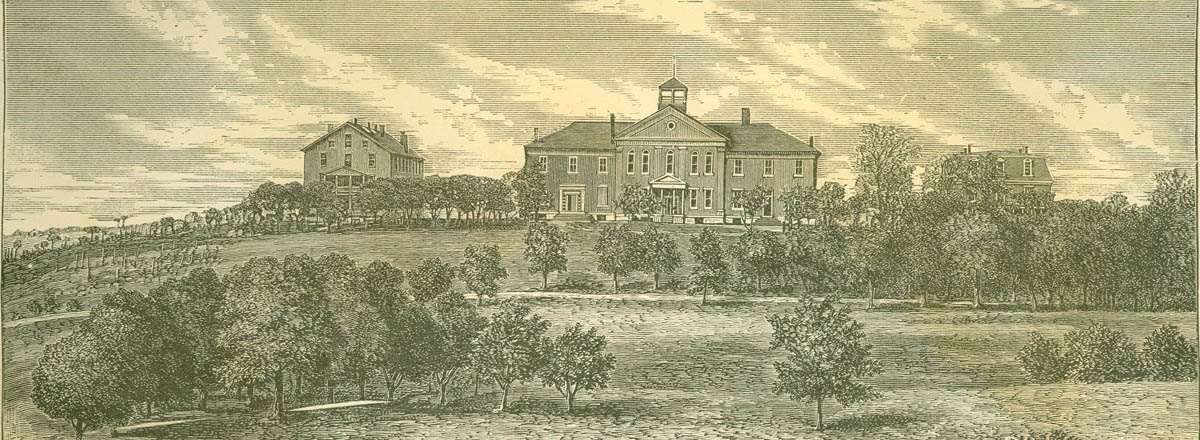NPS collections include vertebrate and invertebrate specimens such as mammals, birds, mollusks, crustaceans, insects and arachnids, and reptiles and amphibians. Collections may contain preserved specimens (either dried or stored in aqueous preservative solutions), images of specimens, study taxidermy skins, skeletal components, or associated items such as eggs or nests.
Many mammal specimens were generated through surveys, which document the diversity and abundance of mammal populations across the many habitats found in this region. National parks in the National Capital Area serve as important habitat for ecologically significant mammals inhabiting or using these areas, and specimens document their presence in National parks.
Insects and other invertebrates constitute over 95% of all animal species currently taxonomically described. Invertebrates are important as they are drivers of ecosystem processes. Many are sensitive to ecosystem change, making them vital indicators of environmental health. Their presence in a park at a specific time provides insight into both short- and long-term ecological processes.

Founded in Harper’s Ferry, West Virginia on October 2, 1867, Storer College was a school for freedmen after the Civil War. In its 90 years of existence, the school evolved, serving primary and secondary school students as well as college students. It was one of the first degree-granting four-year colleges that trained African American teachers during Reconstruction. Over 7,000 students attended Storer College.
Madison Spencer Briscoe graduated from Storer College in 1924, before earning a Bachelor of Science at Lincoln University in 1926 and a Master of Science at Columbia University in 1930.
Learn moreReptiles and amphibians such as salamanders, snakes, and lizards are indicators of water quality, as they require clean water to breathe, hunt, and reproduce. Herpetological specimens in the collection include preserved specimens, skeletal components, and anatomical parts that provide baseline data about the health of water resources in the region.
Bird specimens are critical to the understanding avian biology and the conservation and management of avian species residing on or migrating through National Park Service lands. The natural history collections of the National Capital Area include a wide diversity of bird specimens. Early collections consisted primarily of study skins and taxidermy mounts. Current preparation techniques include skeleton, anatomical parts, and related components, such as nests.